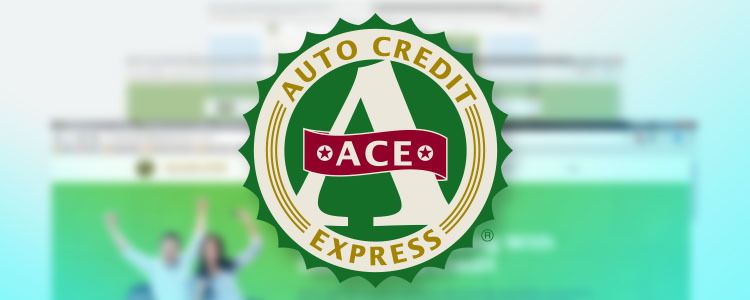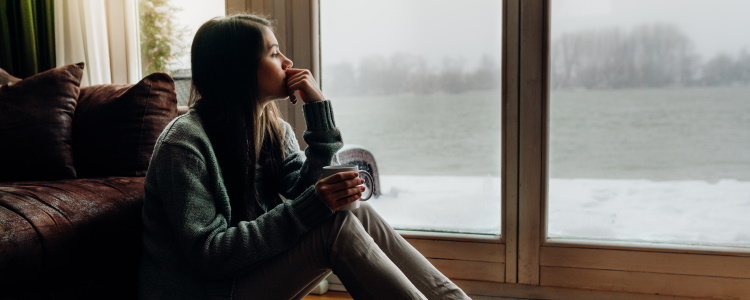Aside from one of the American models shoppers with problem credit should also check the new car window sticker if they are interested in taking out an auto loan for a vehicle with the most domestic content
What we know
In many areas such as our home state of Michigan as well as other parts of the country where there are facilities operated by the American car manufacturers, it's been our experience that even buyers with problem credit who have applied for online car loans sometimes prefer financing a domestic car.
At Auto Credit Express we can understand their reasons for this because we've spent more than two decades helping car buyers with questionable credit find those new car dealers that can give them their best opportunities for car loan approvals. This is also why we try to provide applicants with accurate information including the topic we're covering today: where to locate the information on the domestic content of new cars.
Buying domestic cars with poor credit
Back in the fifties and the sixties it was easy buying a domestic car because practically all the manufacturing operations for General Motors, Ford and Chrysler - the "Big 3" - were either located in the U.S or in Canada.
But since then a lot of things have happened: Chrysler has been taken over by Italian manufacturer Fiat, the Asian and Korean manufacturers began building cars in North America while the domestic brands began moving more than a few of their parts and assembly operations to Mexico and even Asia.
New car origins
The American Automobile Labeling Act of 1994 was enacted to inform new car buyers where vehicles are assembled and where their parts came from.
As part of this law, each new passenger vehicle sold in the U.S. must display a window label with the following information:
• The percentage U.S./Canadian equipment (parts) content
• The names of any countries other than the U.S. and Canada which individually contribute 15 percent or more of the equipment content, and the percentage content for each such country (a maximum of two countries)
• The final assembly point by city and state (where appropriate), and country
• The country of origin of the engine
• The country of origin of the transmission
• A statement that explains that the parts content does not include final assembly (except the engine and transmission), distribution, or other non-parts costs.
Note: content percentages for U.S./Canada and other countries, are calculated on a "carline" basis rather than for each individual vehicle and may be rounded to the nearest 5 percent. The term "carline" refers to the name of a group of vehicles which has a degree of commonality in construction, e.g., body and chassis (the Ford Focus and Fusion are separate "carlines").
It should also be pointed out that the profits made on vehicles from both Ford and General Motors (as well as other smaller domestic manufacturers) stay here in the U.S. while the profits on all others essentially leave the country.
Even in this case, however, car buyers should keep in mind that foreign manufacturers that assemble cars here in the U.S. have invested millions of dollars in these facilities and also support these local economies through their payrolls as well as the plants and payrolls of many of their supporting supplier companies that are located here.
As we see it
For credit-challenged new car buyers either wishing to support the domestic auto industry or looking for the domestic content of any vehicle, the NHTSA publishes an annual vehicle list available on their web site at: www.nhtsa.gov.
Something else that's good to know: at Auto Credit Express we match applicants that have experienced car credit problems with dealers that can give them their best chances at approved car loans.
So if you're ready to reestablish your auto credit, you can begin now by filling out our car loans application.



















